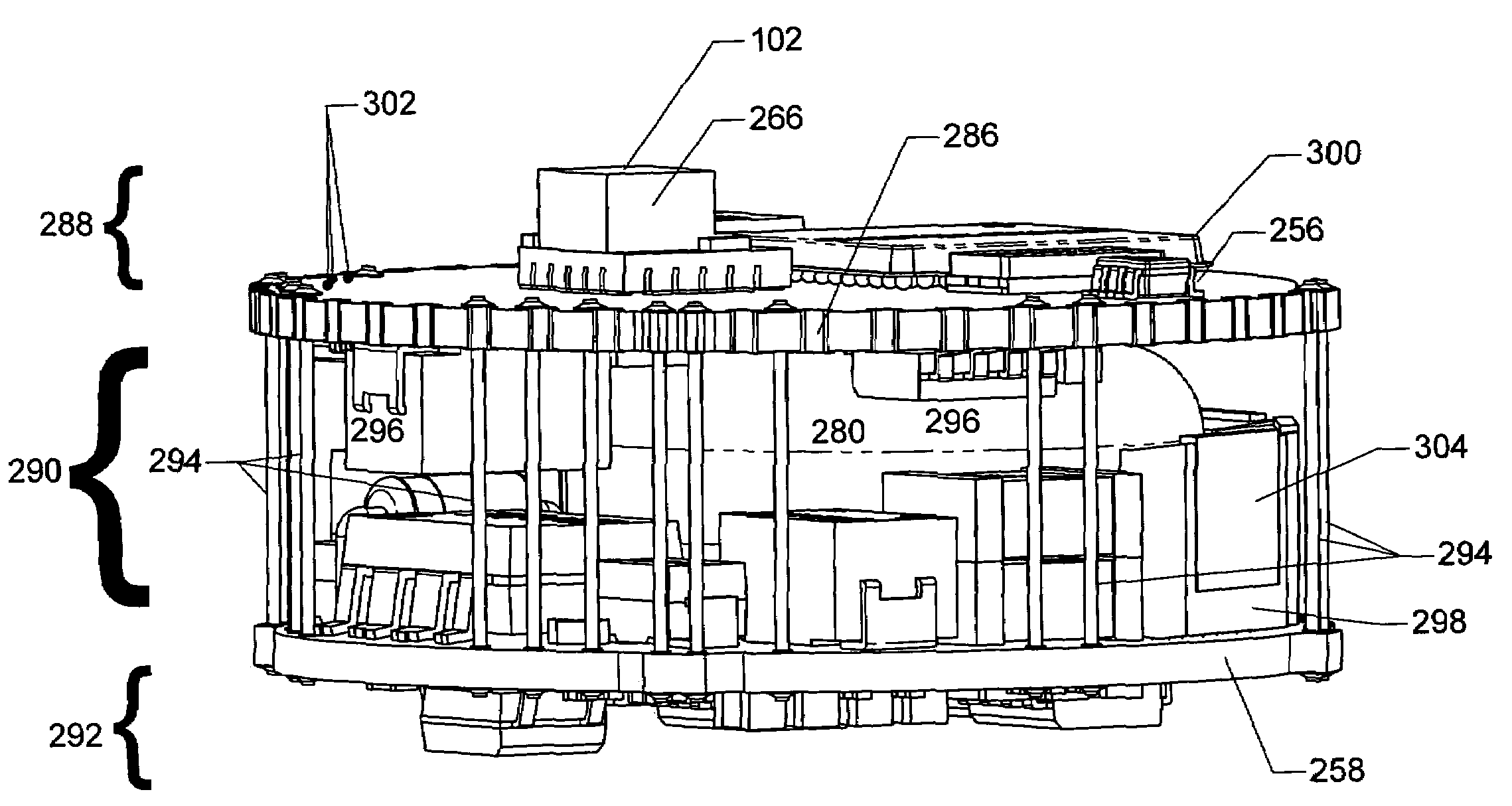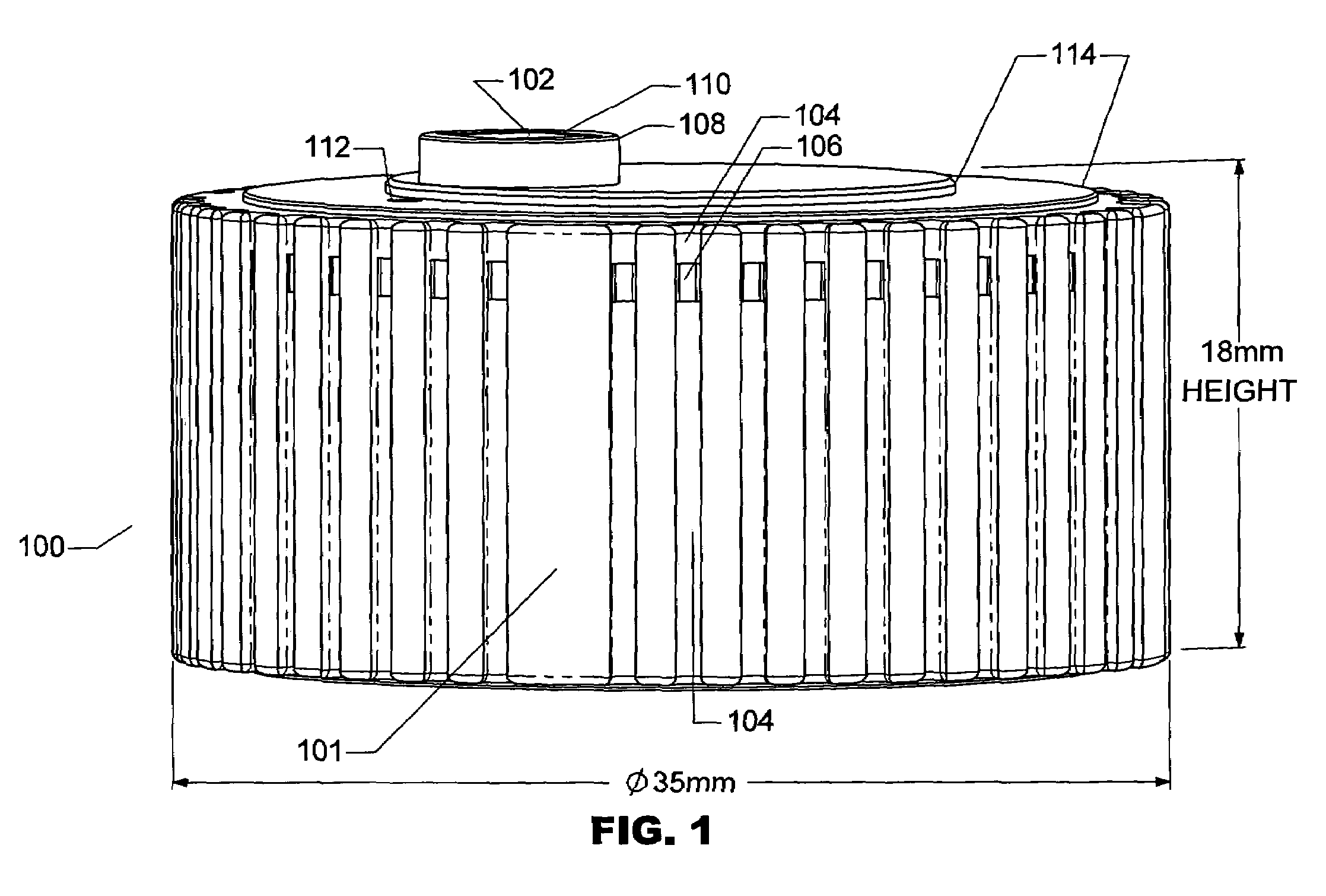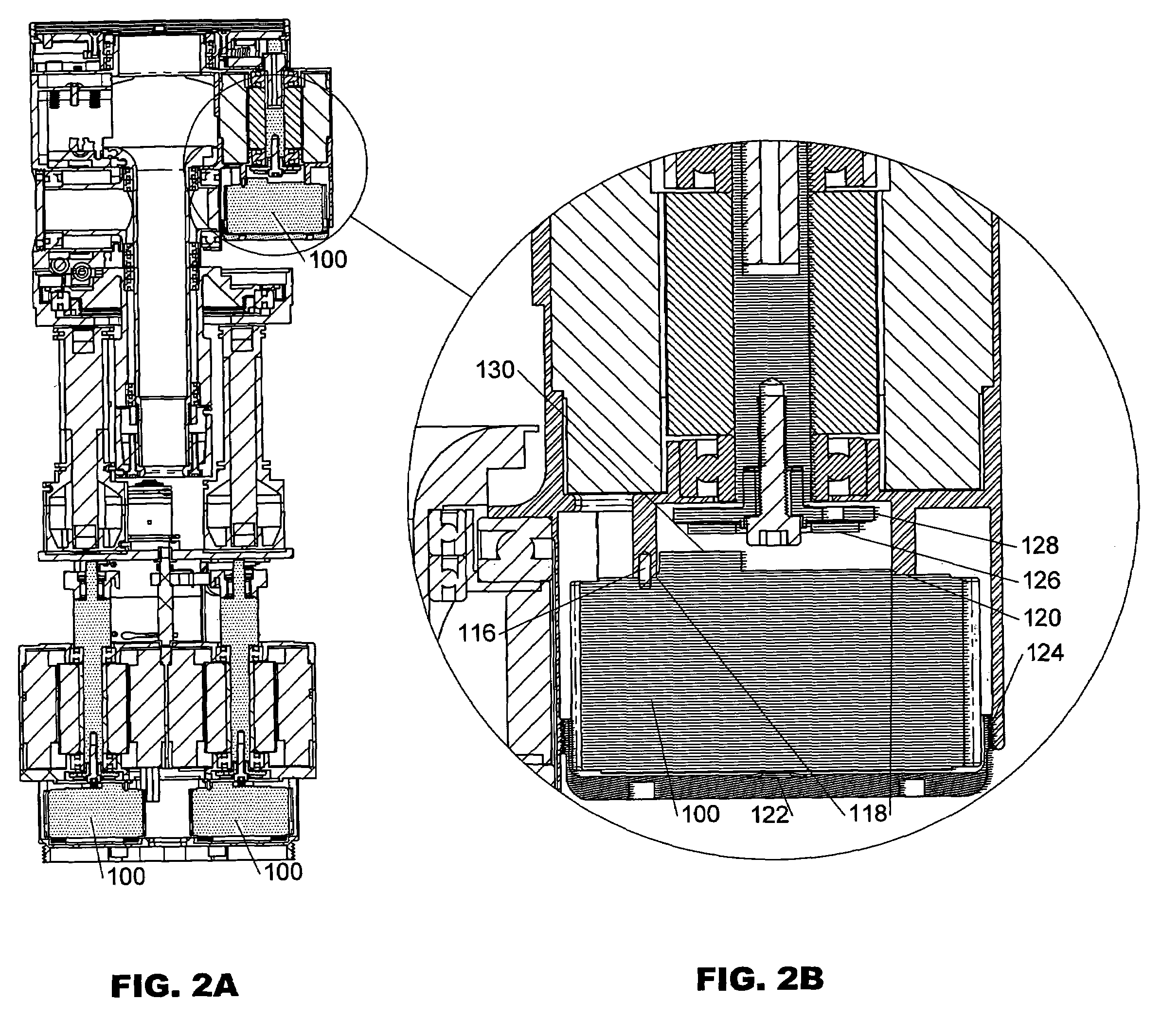Ultra-compact, high-performance motor controller and method of using same
a high-performance, motor controller technology, applied in the direction of programme control, dynamo-electric converter control, coupling device connection, etc., can solve the problems of ultra-compact circuits, ground and connectors, and achieve the effect of enhancing power efficiency and minimizing inductan
- Summary
- Abstract
- Description
- Claims
- Application Information
AI Technical Summary
Benefits of technology
Problems solved by technology
Method used
Image
Examples
Embodiment Construction
[0046]There are many possible variations of geometry between the stationary and moving parts of electric motors. And the relative motion can be linear, rotary, cylindrical, spherical, or any combination comprising one, two, or many degrees of freedom. This invention is not limited by geometry or type of motions supported.
[0047]There are also many motor constructions, such as servomotors, stepper motors, micro steppers, coreless motors, and induction motors. Some are brushed, some are brushless, some have permanent magnets, and some not. This invention applies to any motor type in which electrical current must be supported through at least one motor winding, whether or not position feedback is required.
[0048]For descriptive clarity, the disclosure of this invention uses generally accepted terminology related to a common permanent-magnet, brushless servomotor: an external set of stationery coils (stator) arranged cylindrically outside a cylindrically-shaped spinning (rotor) shaft carr...
PUM
| Property | Measurement | Unit |
|---|---|---|
| transmitted power density | aaaaa | aaaaa |
| length | aaaaa | aaaaa |
| thickness | aaaaa | aaaaa |
Abstract
Description
Claims
Application Information
 Login to View More
Login to View More - R&D
- Intellectual Property
- Life Sciences
- Materials
- Tech Scout
- Unparalleled Data Quality
- Higher Quality Content
- 60% Fewer Hallucinations
Browse by: Latest US Patents, China's latest patents, Technical Efficacy Thesaurus, Application Domain, Technology Topic, Popular Technical Reports.
© 2025 PatSnap. All rights reserved.Legal|Privacy policy|Modern Slavery Act Transparency Statement|Sitemap|About US| Contact US: help@patsnap.com



